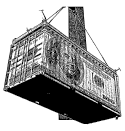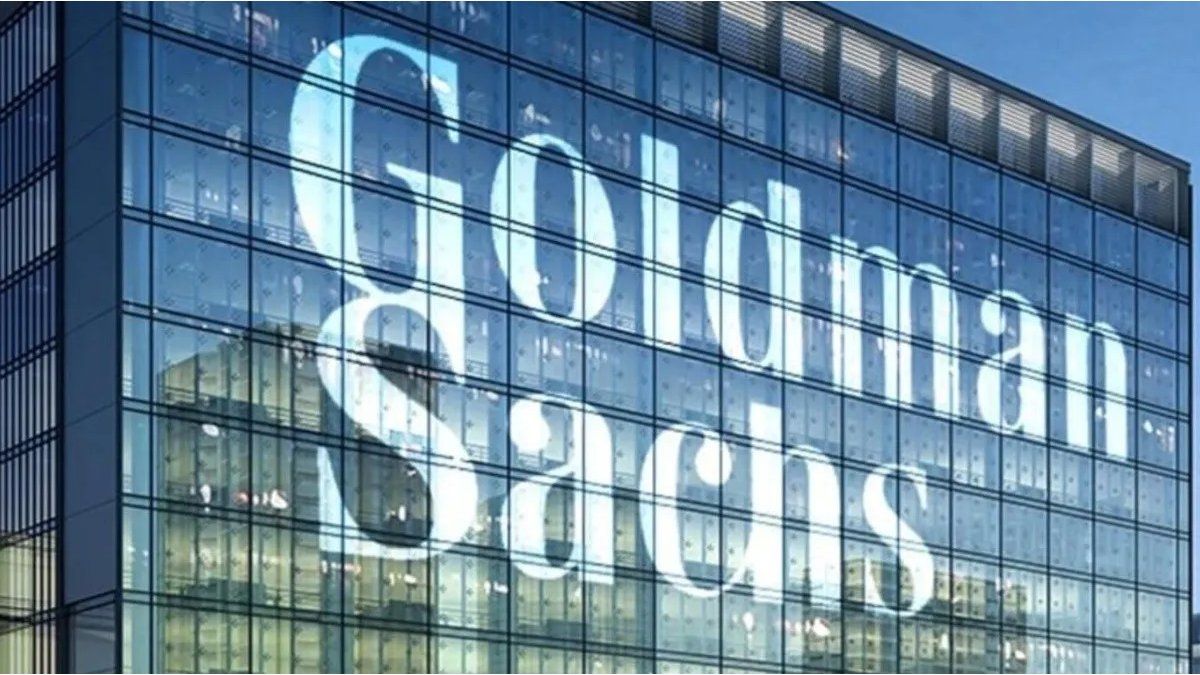The more than 33,000 operations were focused on imports: there were 26,953 operations (81%), while the rest focused on exports. In the previous semester, the operations analyzed in imports had been less than half: 10,956.
In the last months of 2022, the amount of those audited amounted to u$s4,747 million. While the fines applied were US$1,018 million, 667% more than the previous semester, when fines of US$133 million had been applied. What increased the most were the fines on exports, by 4476%. Exporting companies had to face fines for US$613 million, while importers for US$405 million.
The items where the greatest number of legal actions were carried out were mining, agricultural products, capital goods, medical-sanitary supplies and agrochemicals. The common denominator in the cases was “harmful” commercial triangulation, with purchase invoices issued mainly from the United States. To a lesser extent, also for invoices made from Hong Kong, Uruguay and Panama.
“These maneuvers have the objective of constituting financial assets abroad (foreign currency), taking advantage of the exchange gap,” they said from Customs. To carry out the control and detect operations in a “massive” way, triangulation operations were taken into account, successive sales where the third operator lacks economic substance, background and previous complaints, percentages of applicable rights, the general risk index of the companies, and other parameters.
While Massa tries to reduce the exchange gap through macroeconomic and financial measures, such as the purchase of the debt this Wednesday, Customs seeks from its place to “avoid the undue outflow of foreign currency”, or what the vice president, Cristina Kirchner, called the festival of imports In August, when Massa took office, what was sought with these measures, widely disseminated in the media, was to generate a “perception of risk.” Five months later, from Customs they assure that this could be generated between the companies.
In fact, they see it with the issue of precautionary measures that companies put in order to import. In the last two years, 3,146 precautionary measures linked to the previous import system, called SIMI, were generated for an amount of US$2,521 million. From the Government they assure that they managed to win that legal battle, or make the companies give up. Almost 100 companies concentrated the bulk of the precautionary, the majority textiles and electronics.
Customs has 300 lawyers, of which 16 are “dedicated” to this issue. “They can’t cope, they are on four hands,” said an official source. One of the reasons why companies desist from presenting legal injunctions is that, due to the new SIRA import system, if it appears in the system that they made “abusive use” of precautionary measures, it complicates the operation. In Economy they celebrate that the SIRA, launched last October, still did not have a favorable precautionary measure for companies.
In addition, Customs seeks to advance in new physical controls. On the one hand, it urged all the country’s ports to install a giant scanner, a technology that can cost around US$6 million, and that scans 160 trucks per hour, when a normal one barely reaches 30 trucks. Currently, it is only found in Terminal 4 of the port of Buenos Aires, where 800 containers circulate per day.
Source: Ambito
David William is a talented author who has made a name for himself in the world of writing. He is a professional author who writes on a wide range of topics, from general interest to opinion news. David is currently working as a writer at 24 hours worlds where he brings his unique perspective and in-depth research to his articles, making them both informative and engaging.




